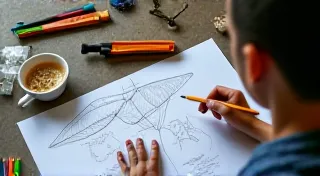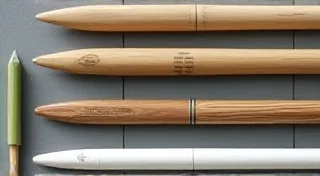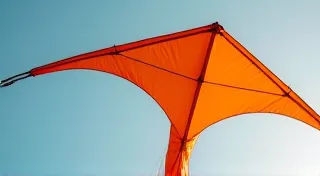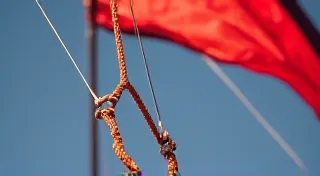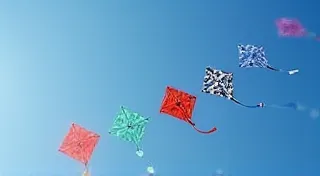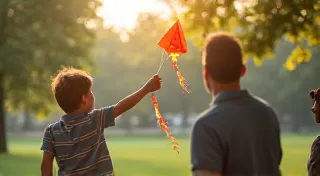Creating Unique Kite Shapes: From Geometric to Abstract
Beyond the traditional diamond and delta shapes, the world of custom kites opens a vast landscape of creative possibilities. This article delves into the techniques and considerations needed to move beyond the familiar and craft kites with truly unique and eye-catching forms. We’re not just building kites; we’re creating flying artwork!
Moving Beyond the Basics
While diamond and delta kites are excellent starting points, they represent just a fraction of what’s possible. The beauty of custom kite building lies in the freedom to express your imagination. Think of it less as following a plan, and more as sculpting the air itself.
Geometric Kite Designs: Precision and Pattern
Geometric shapes offer a fantastic foundation for unique kite designs. Squares, triangles, hexagons, and pentagons can be combined and manipulated to create intricate patterns in the air. The key here is understanding how the shape will affect the kite's aerodynamics. Consider how the center of pressure will shift with each added facet. More complex geometric shapes often require more spars for stability.

Animal-Inspired Kites: A Touch of Whimsy
Creating kites in the form of animals is a popular choice, offering a whimsical and playful aesthetic. Birds, fish, butterflies, and even fantastical creatures can all be brought to life in kite form. Accurate representation isn't always the goal; a stylized interpretation can be just as effective and easier to construct. Careful attention to balance and weight distribution is paramount when creating animal shapes, to ensure stable flight.
Abstract Kite Designs: Letting Creativity Soar
For those seeking the ultimate in creative freedom, abstract kite designs offer boundless possibilities. These kites don't adhere to recognizable shapes; instead, they prioritize visual impact and artistic expression. Consider layering different materials, using asymmetrical designs, or incorporating unusual textures. Abstract kites can be surprisingly stable if the overall balance and center of gravity are carefully managed. Experimentation is key!

Materials and Construction Considerations
The materials you choose will significantly impact the finished product. Ripstop nylon is a classic choice for its lightweight and durability, but consider experimenting with materials like Tyvek, Mylar, or even lightweight fabrics like silk for a unique visual effect. Spars, the internal supports of the kite, need to be strong and flexible enough to handle the forces of flight. Bamboo, fiberglass, and carbon fiber are all popular choices. Remember to account for the added weight and complexity of unconventional shapes when selecting materials.
Tips for Success
- Start Simple: Don't be afraid to begin with relatively simple shapes and gradually increase the complexity.
- Plan Your Design: Sketch out your design carefully, considering the overall balance and aerodynamics.
- Test Fly Frequently: Make small adjustments and test fly your kite throughout the building process.
- Embrace Experimentation: The best custom kite designs often come from unexpected discoveries.
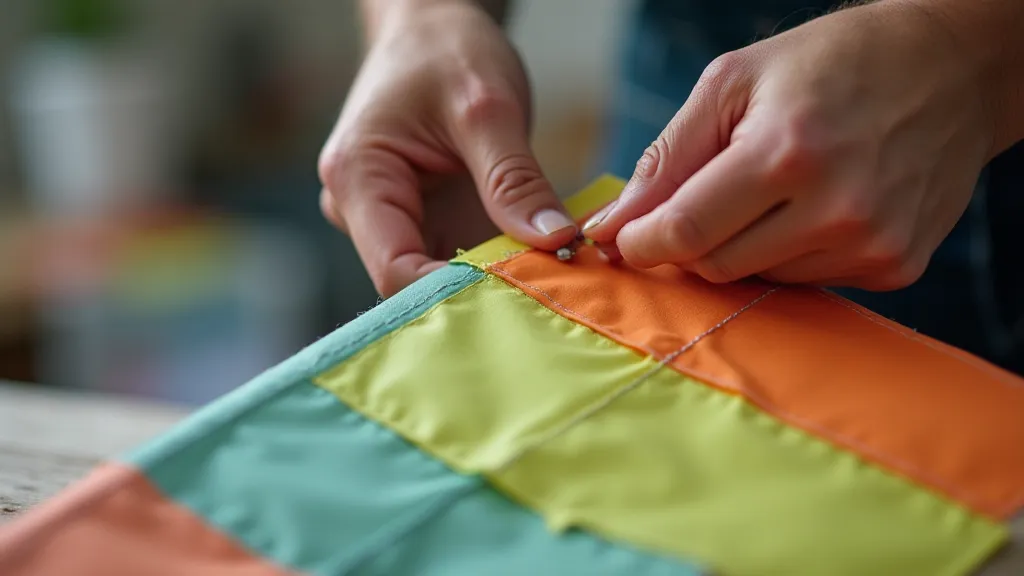
Conclusion
Creating unique kite shapes is a journey of creativity and experimentation. By breaking free from the traditional designs and embracing unconventional approaches, you can craft kites that are not only functional but also works of art, bringing joy and wonder to everyone who sees them soaring through the sky.
